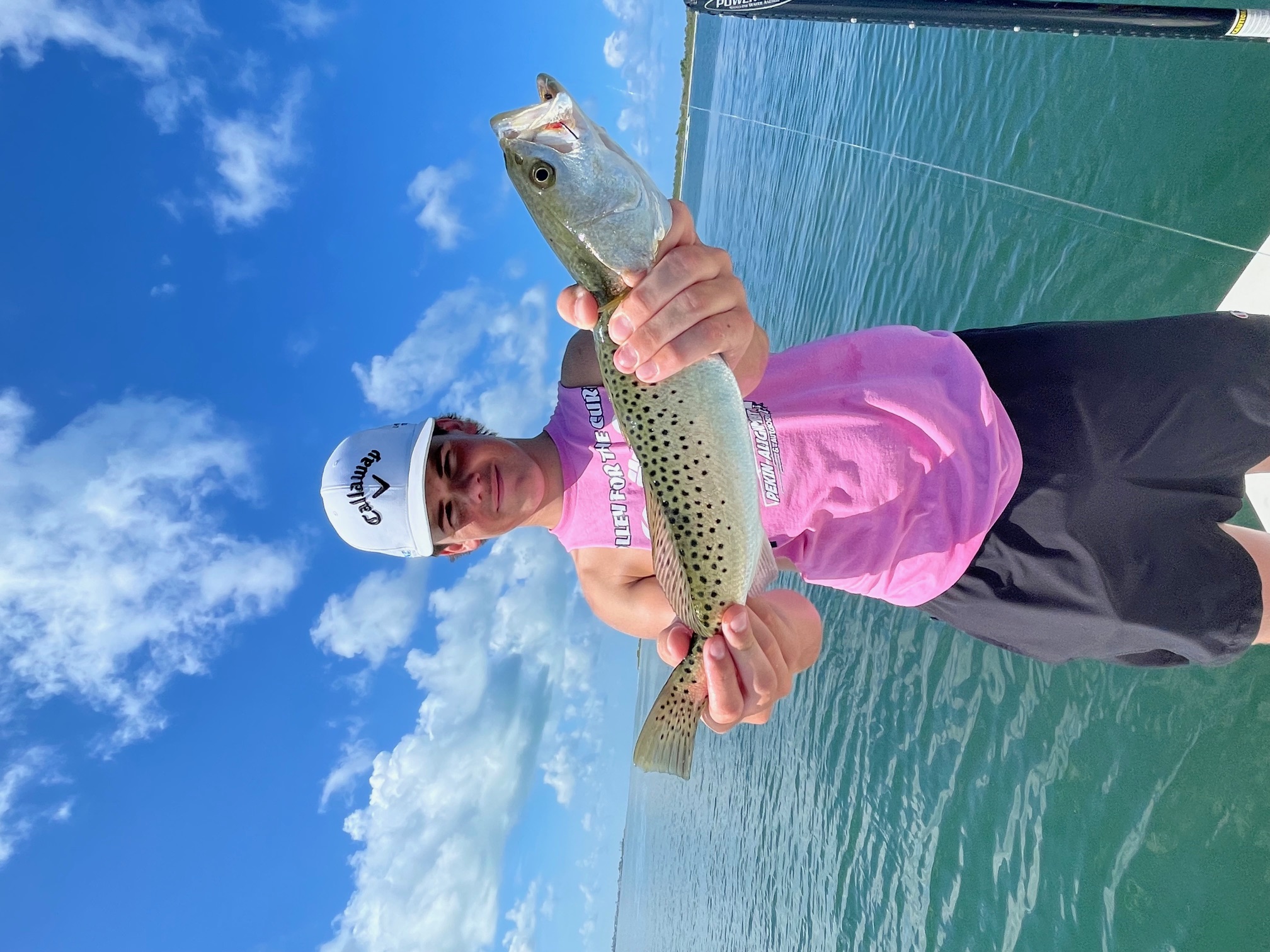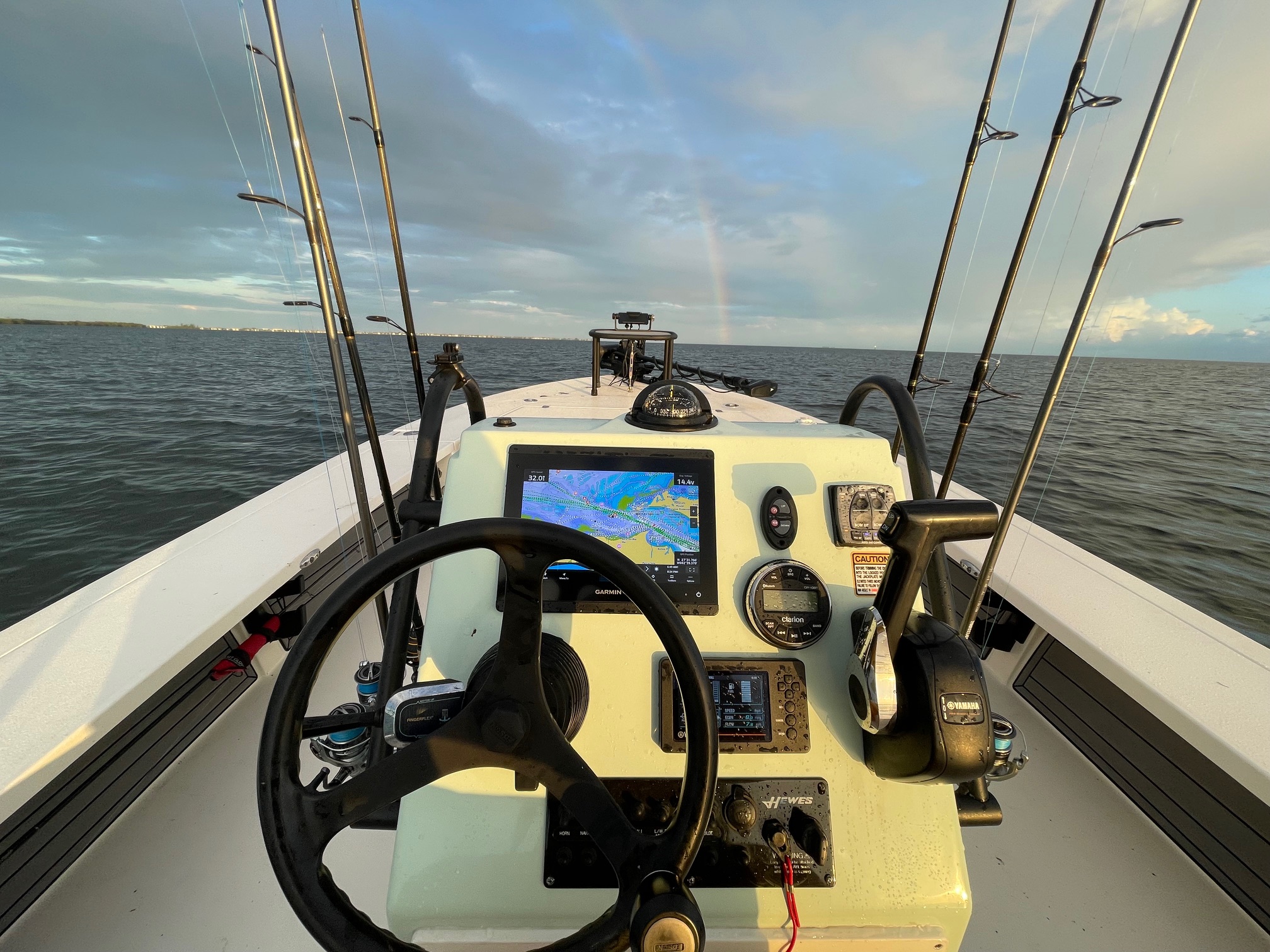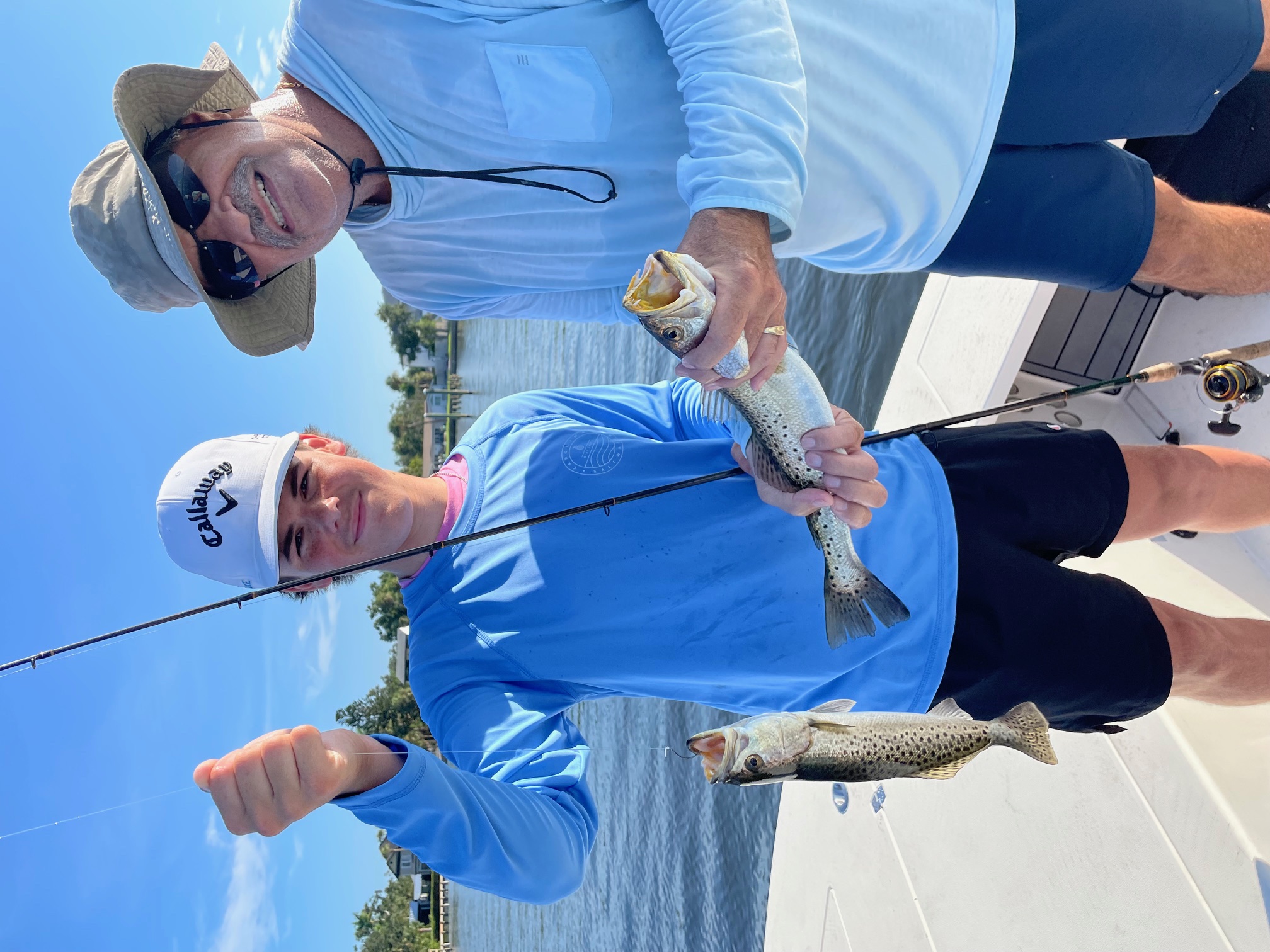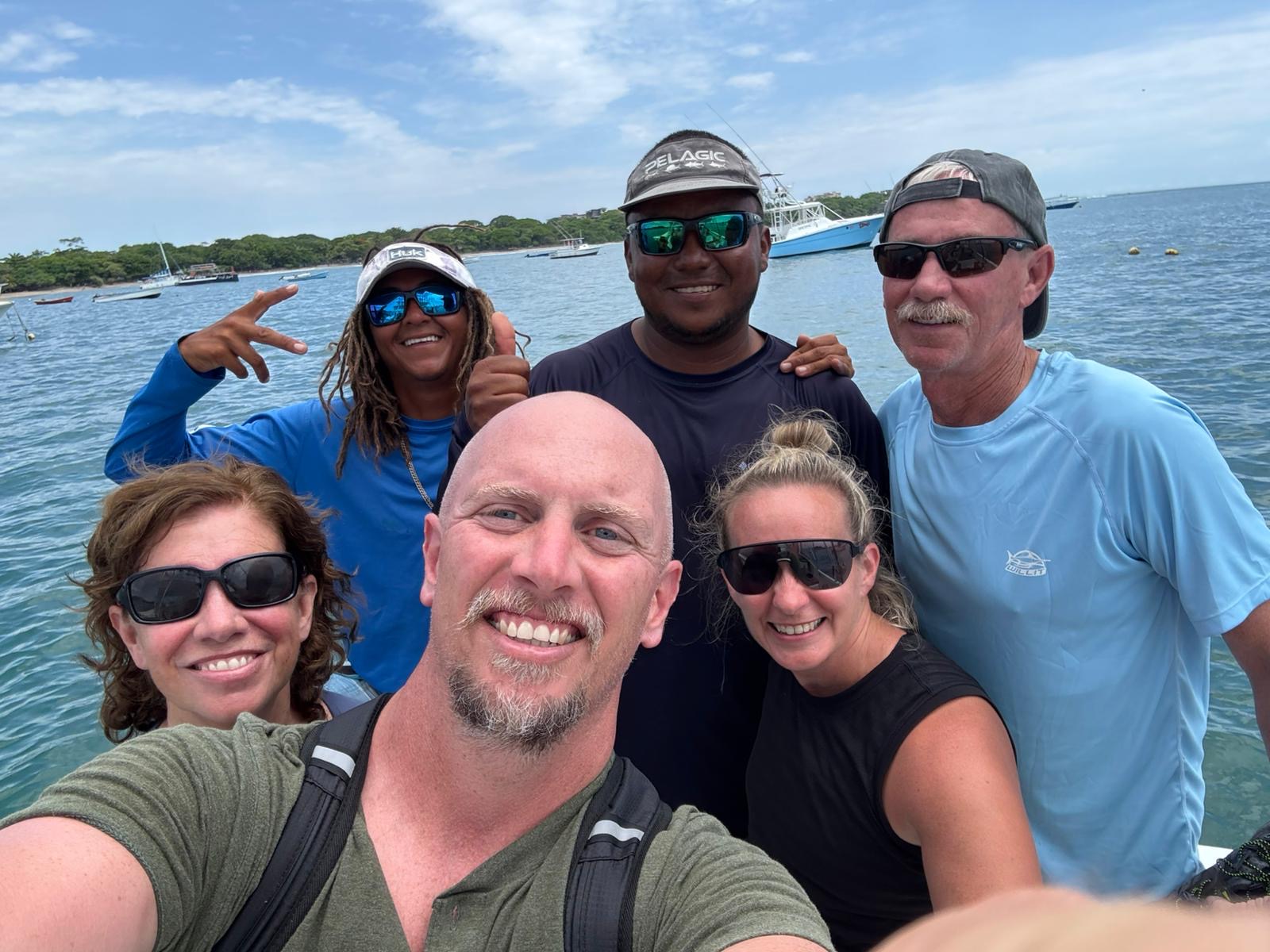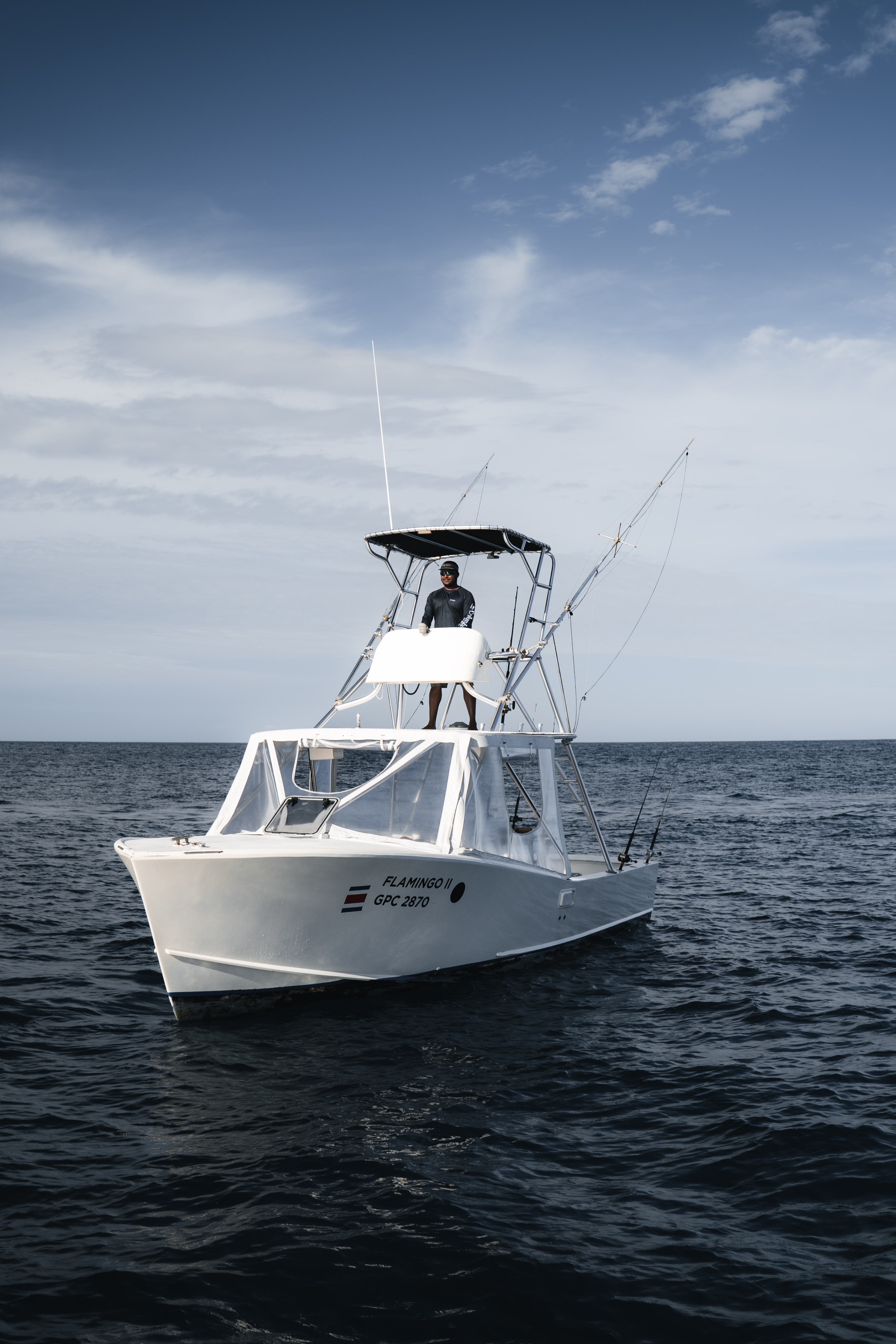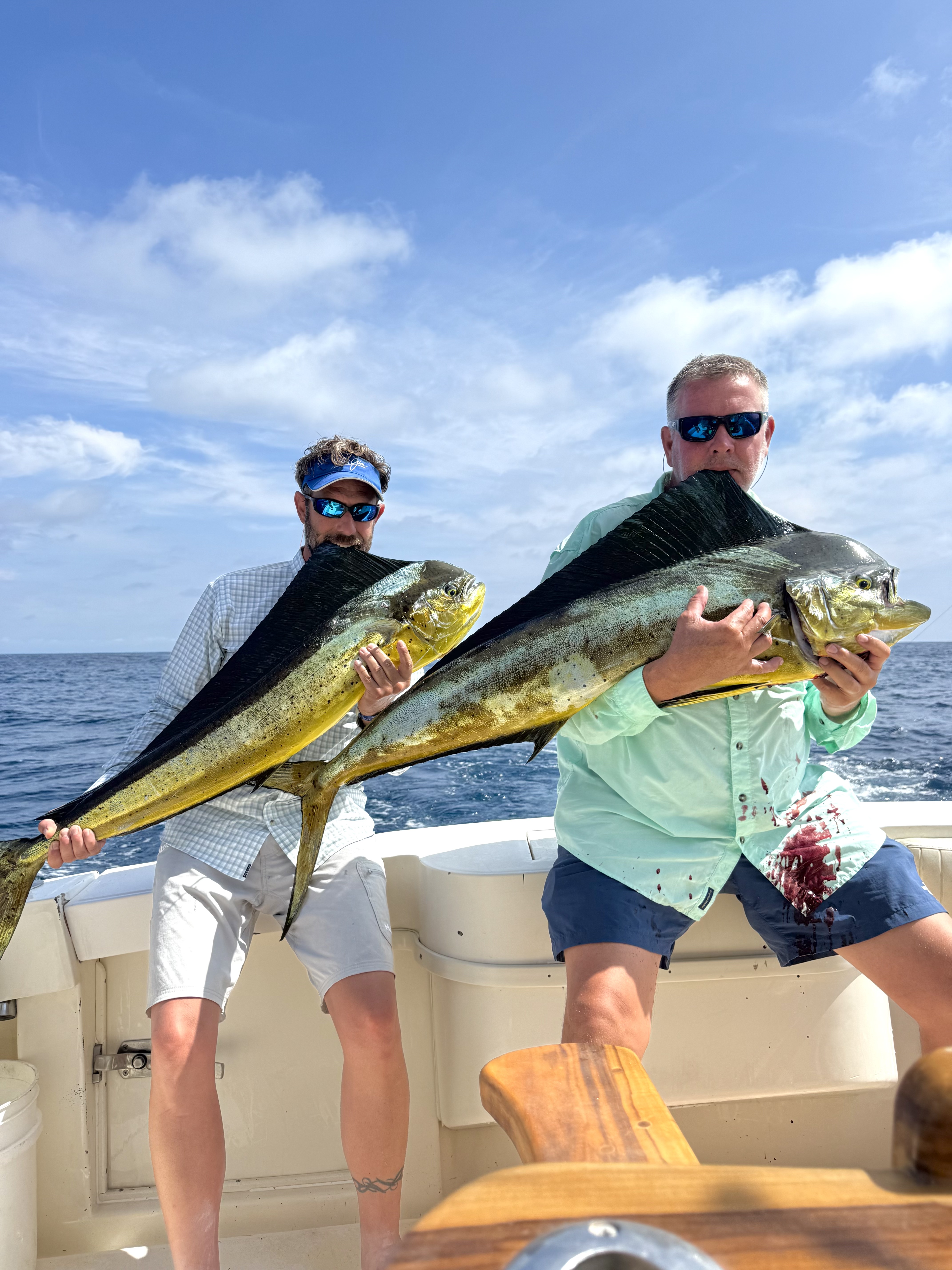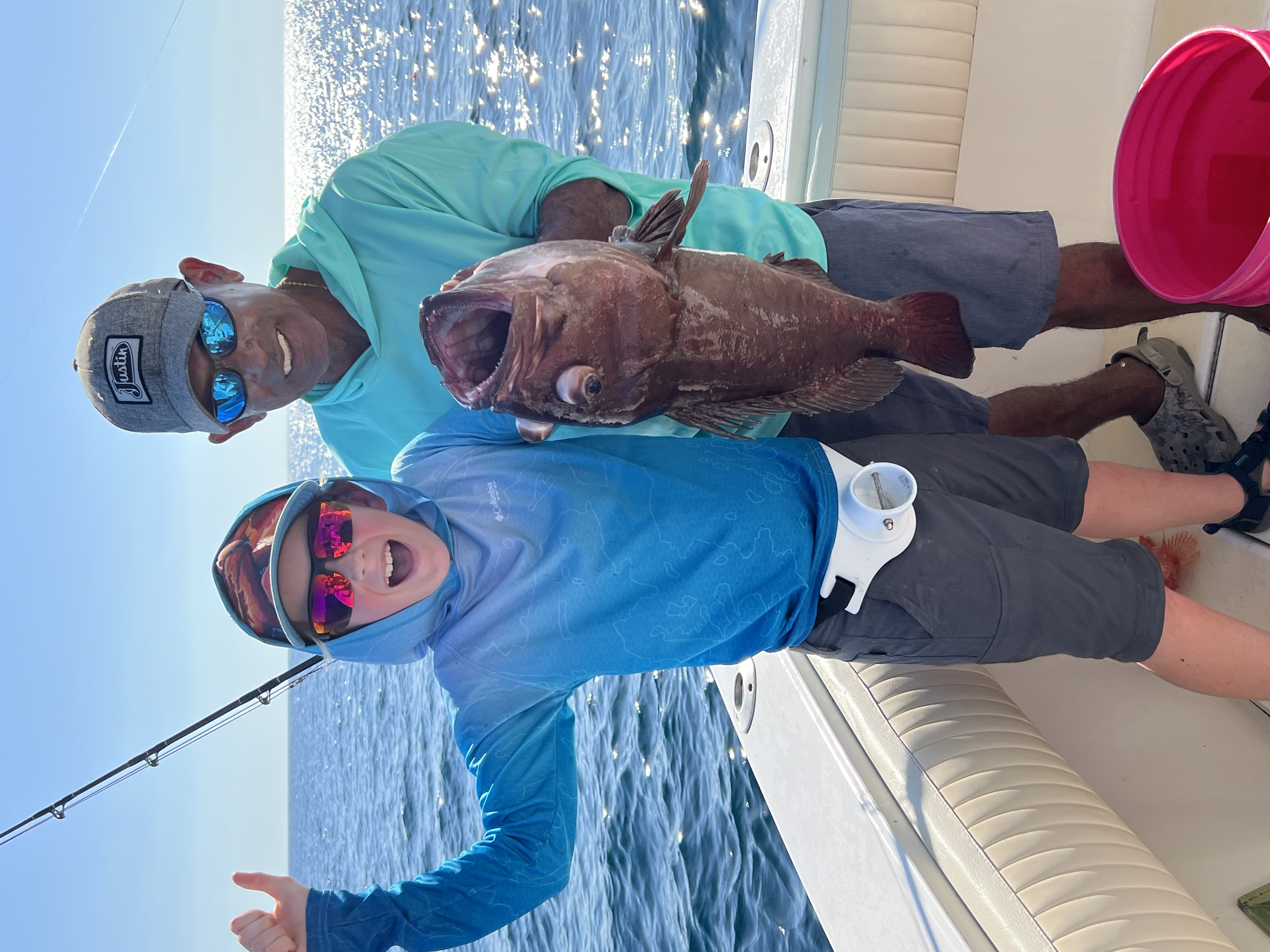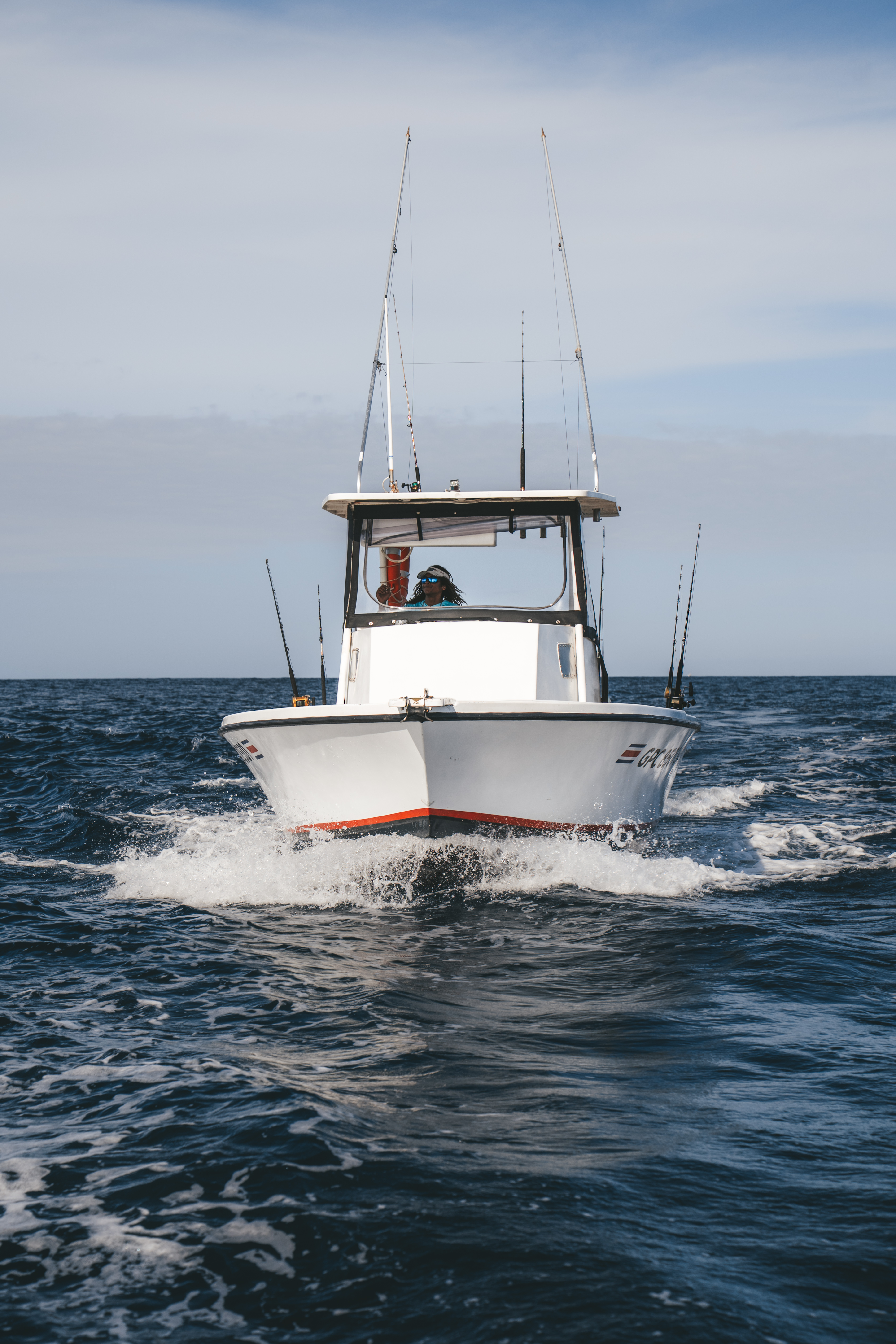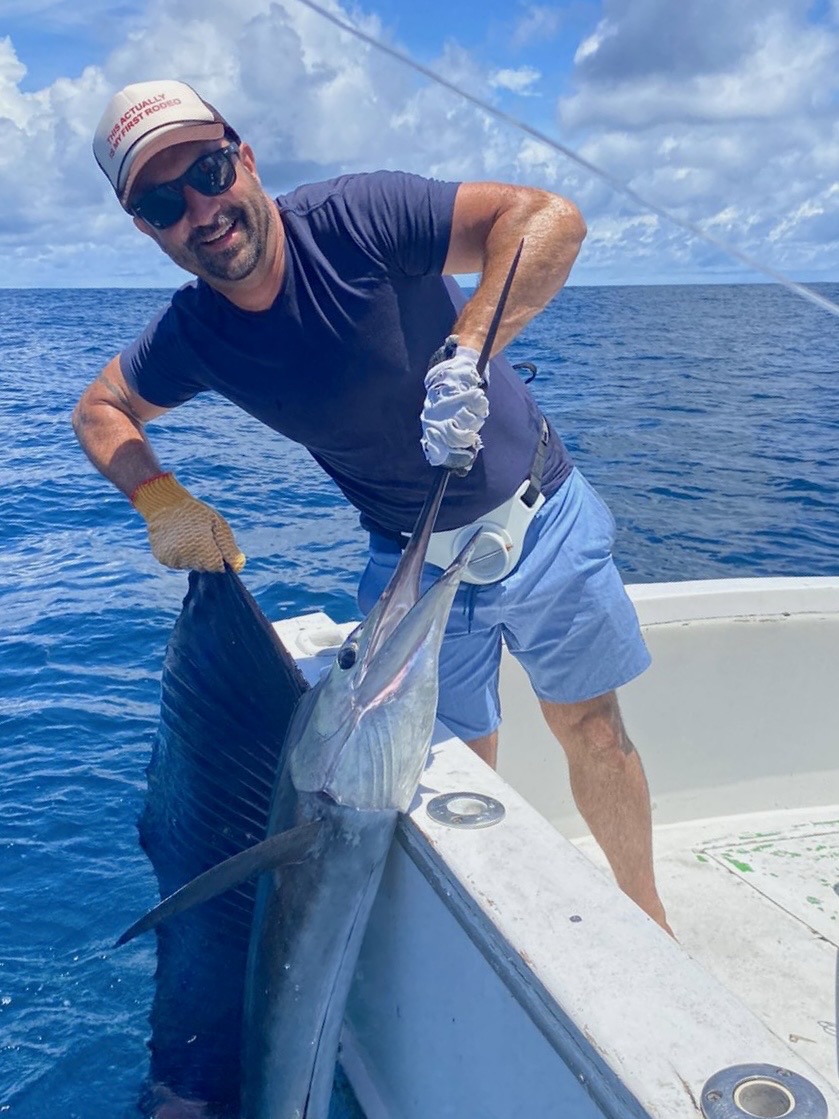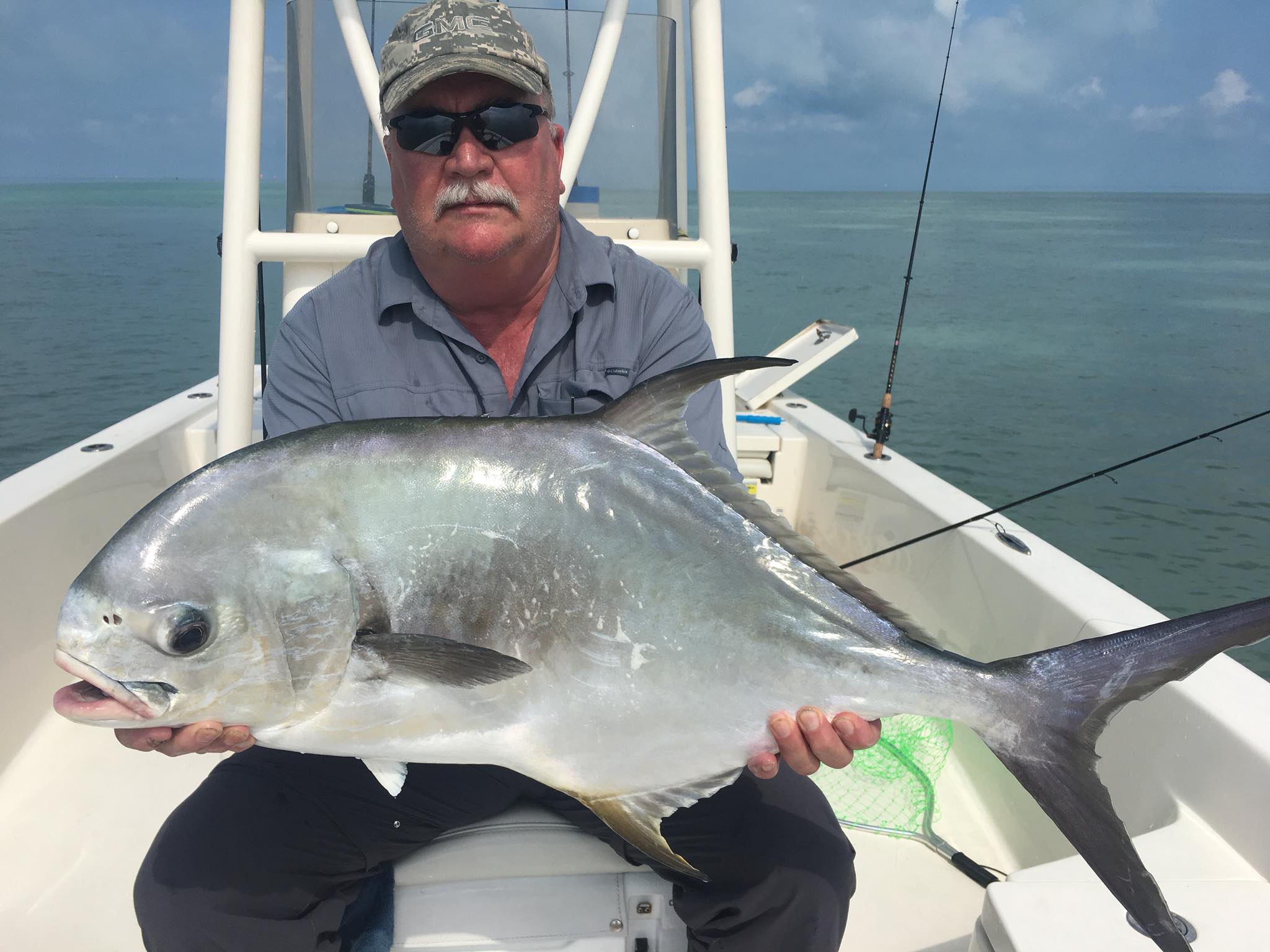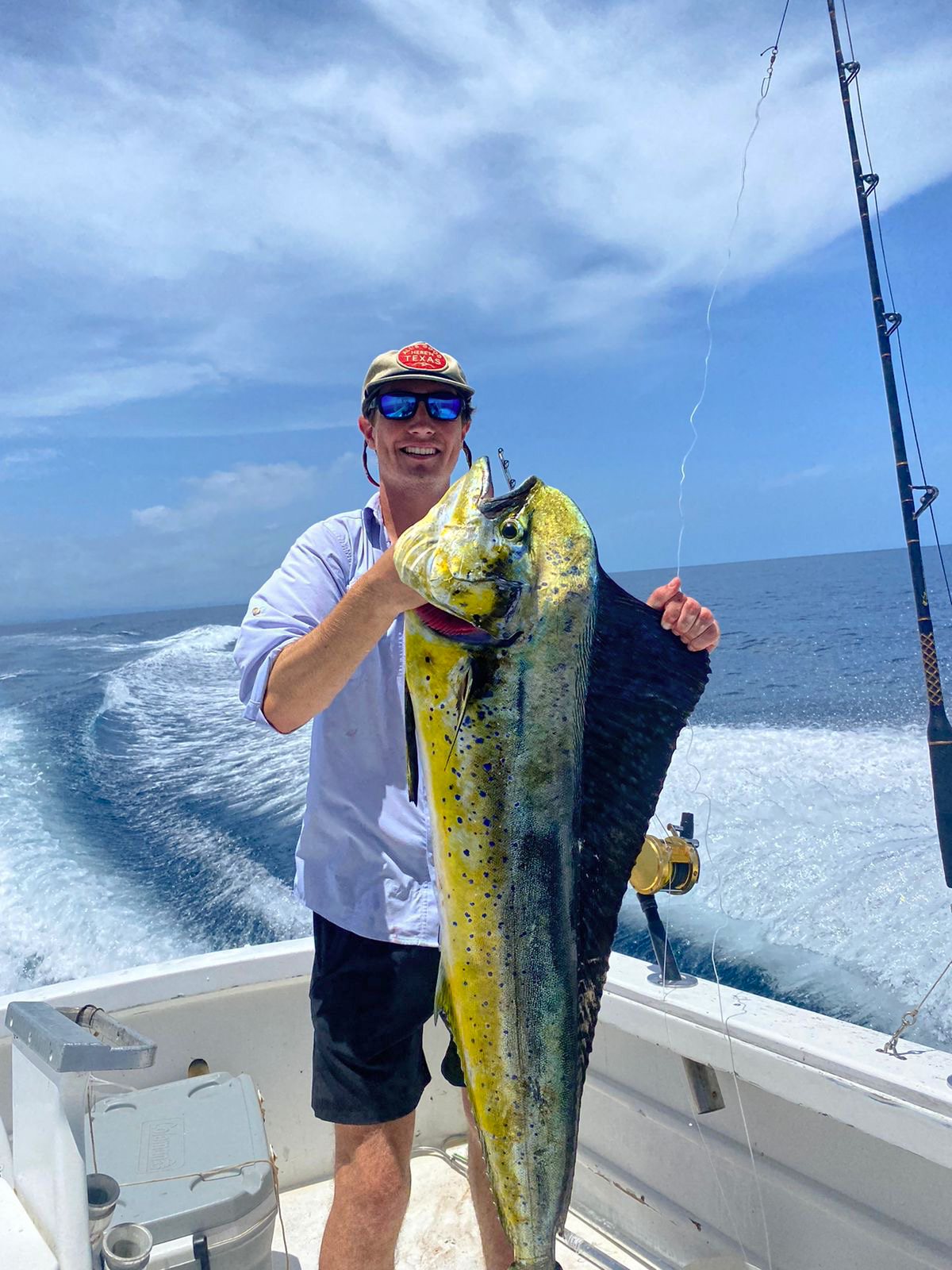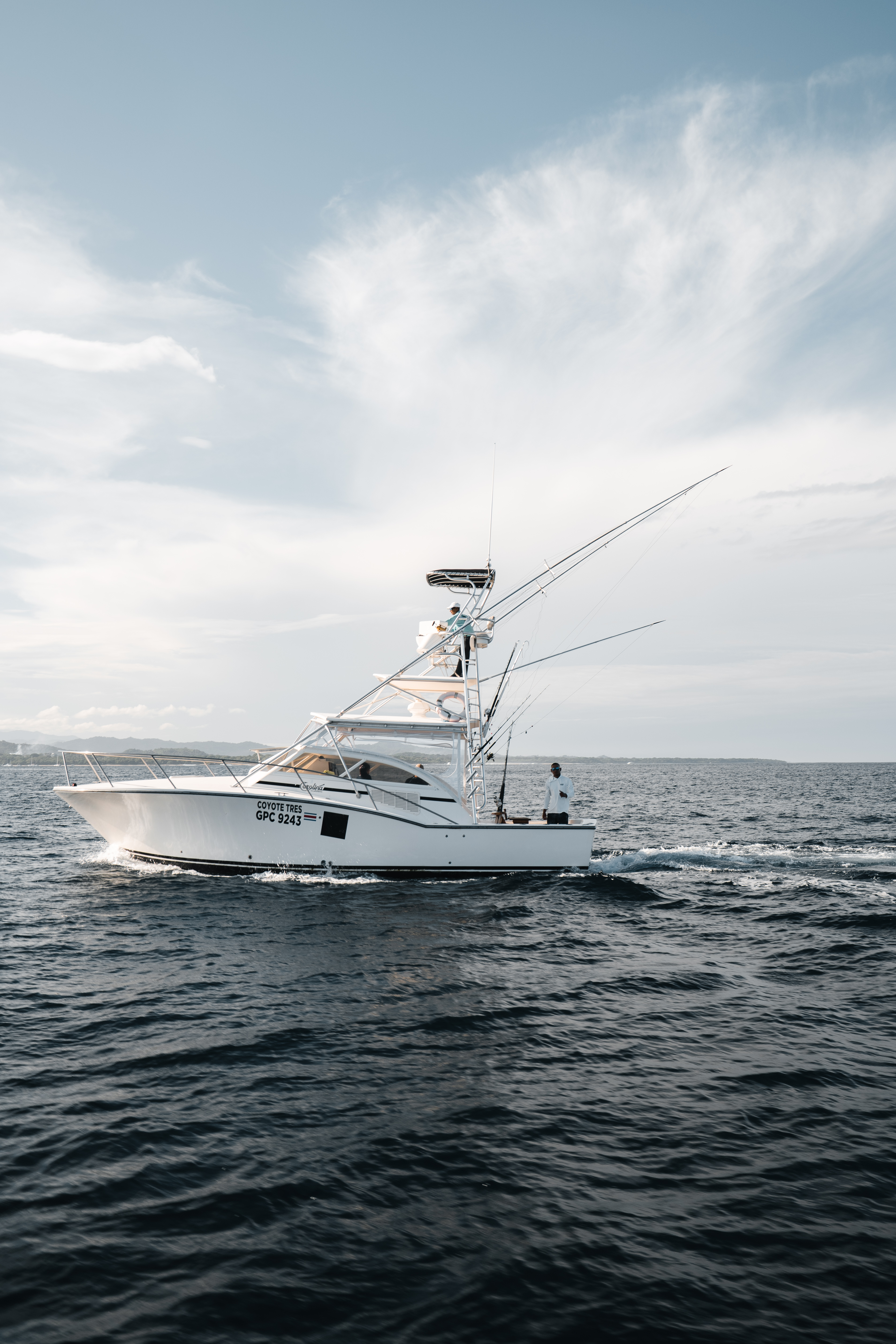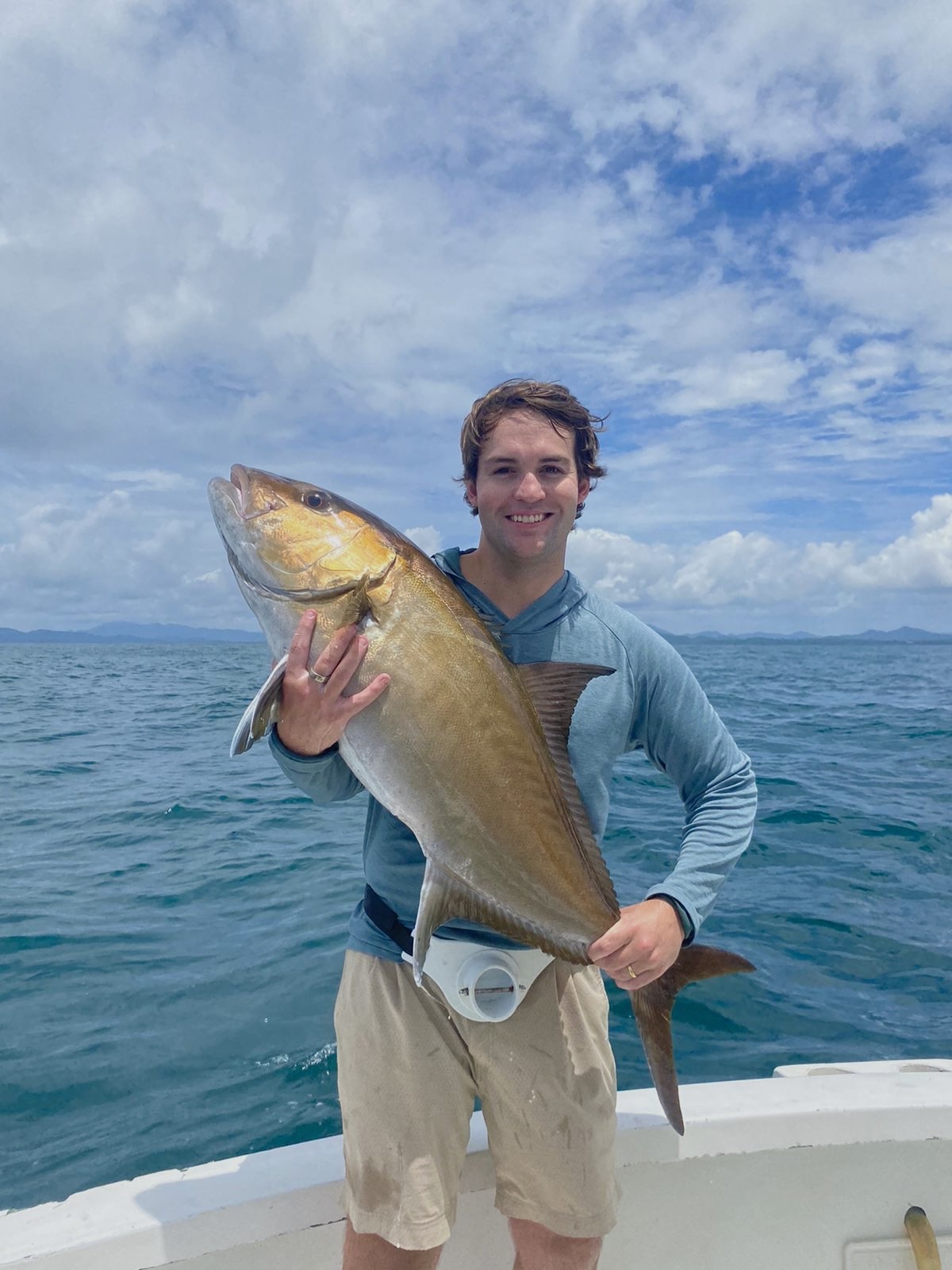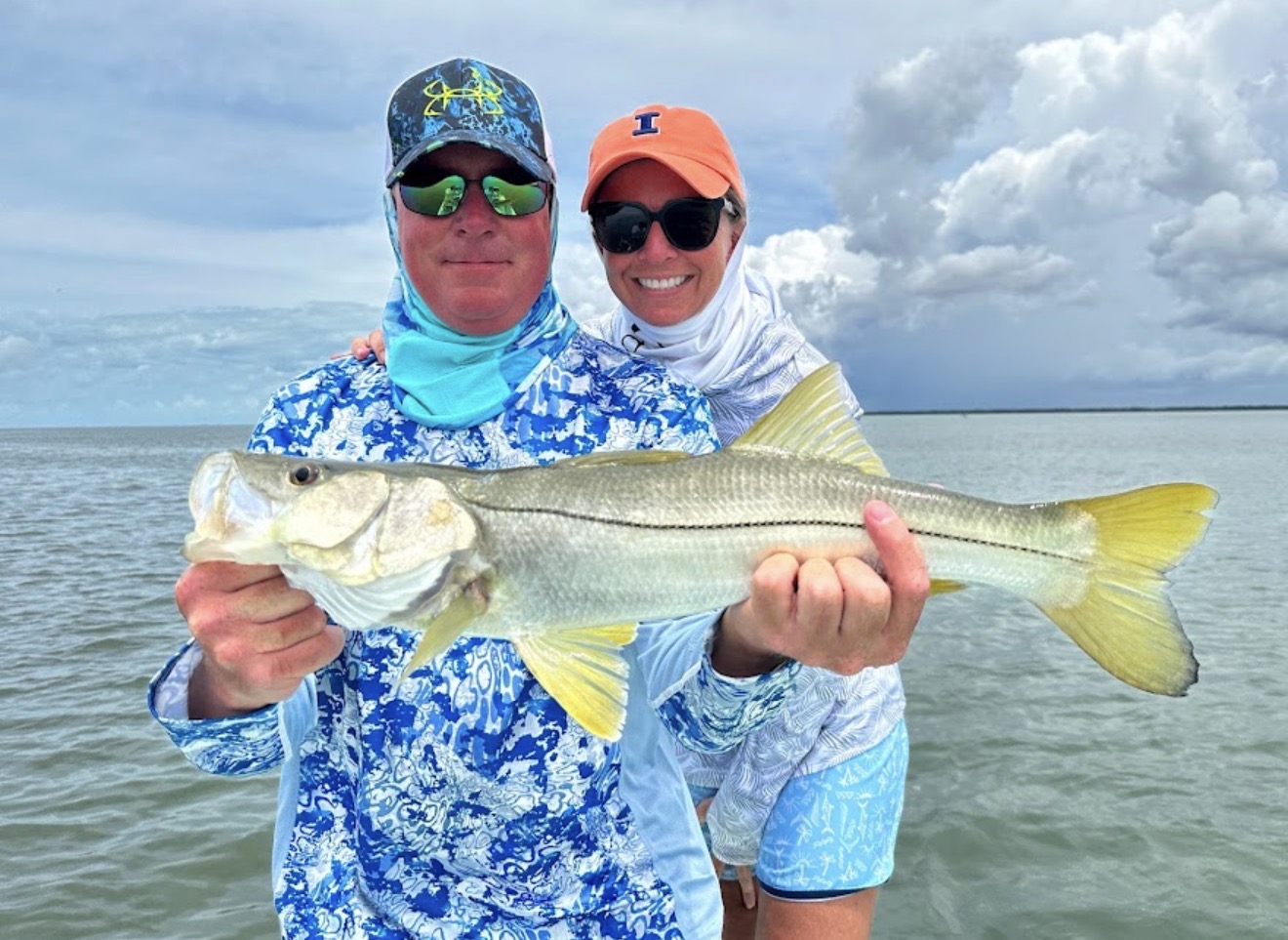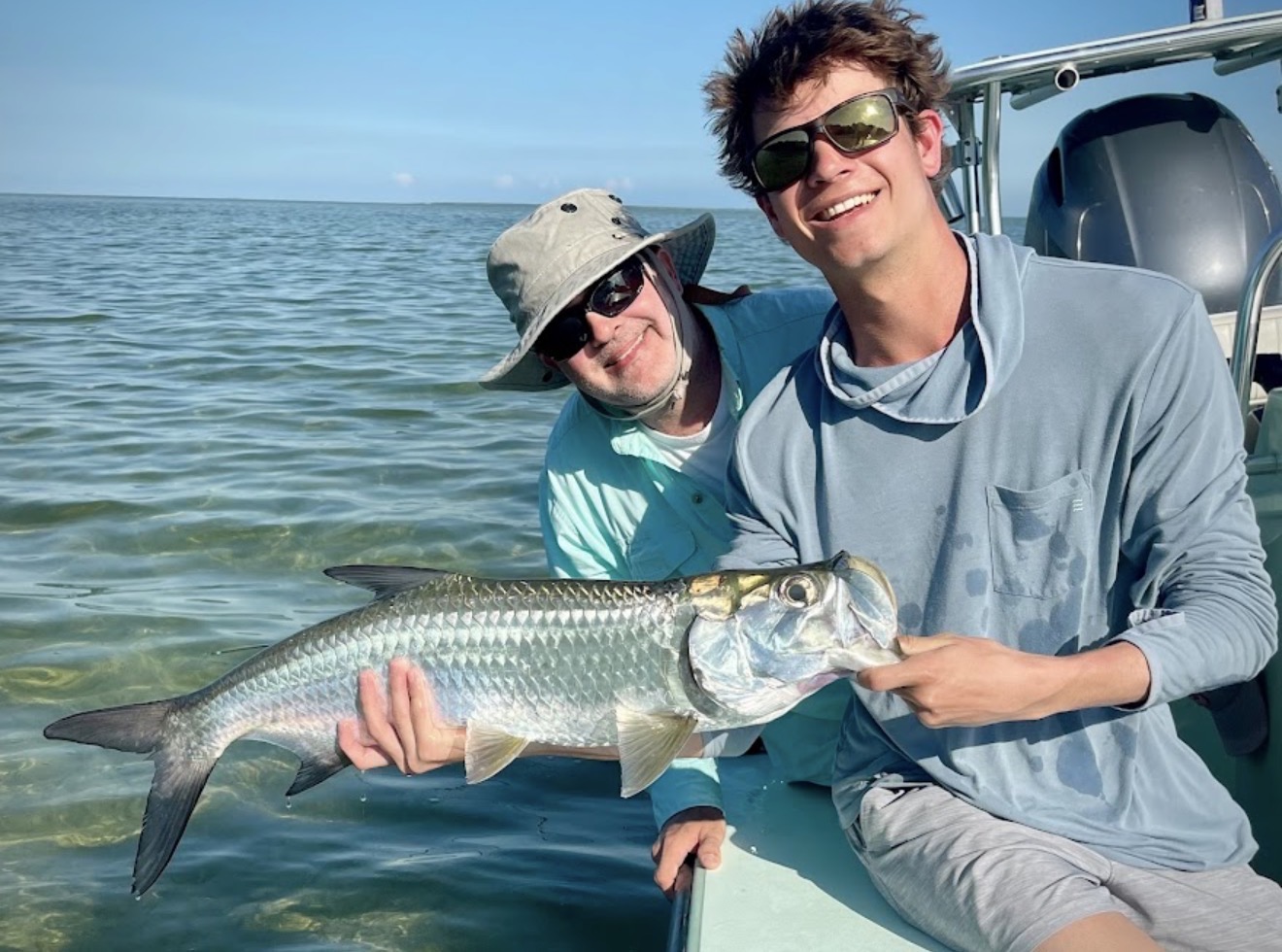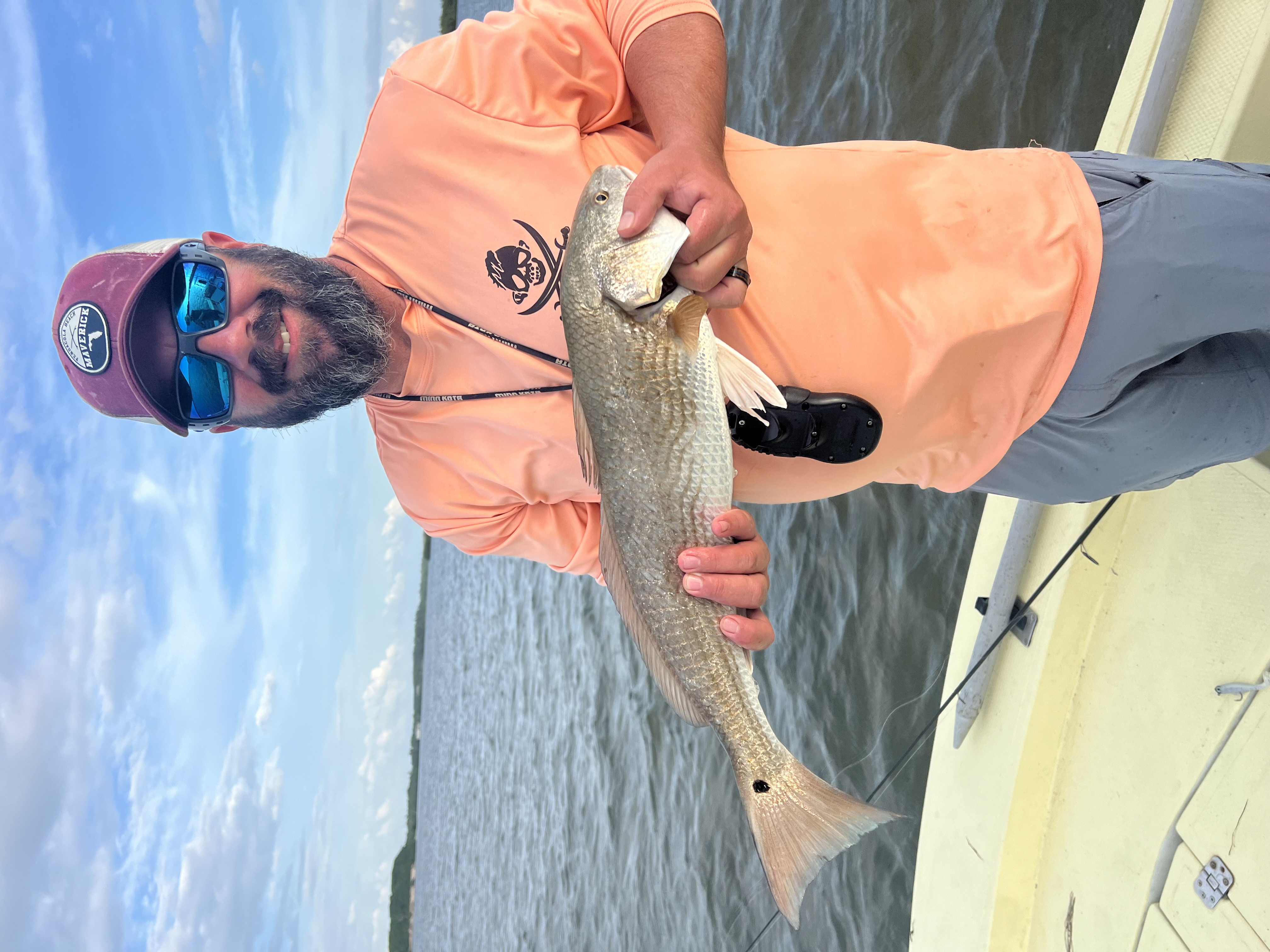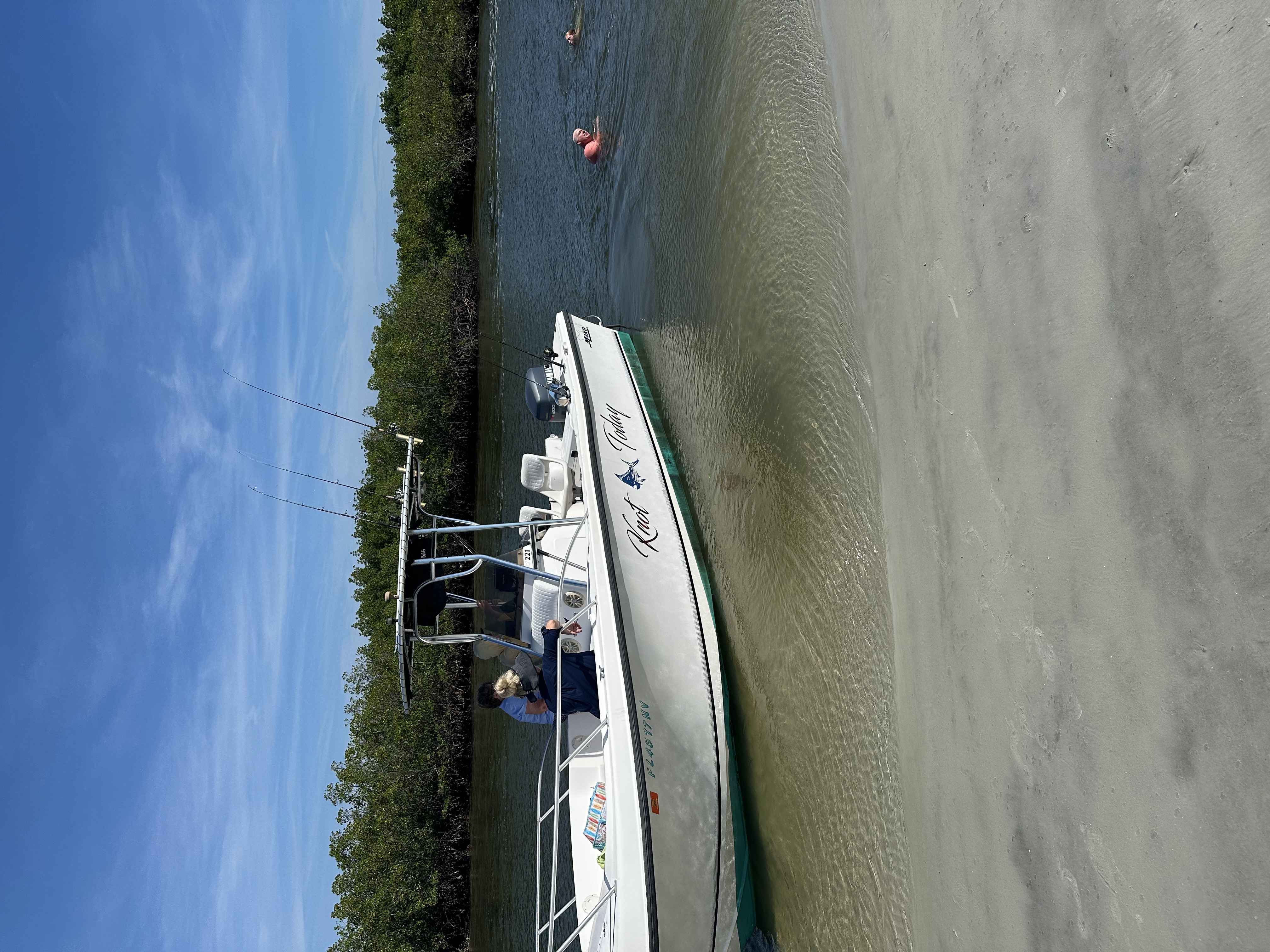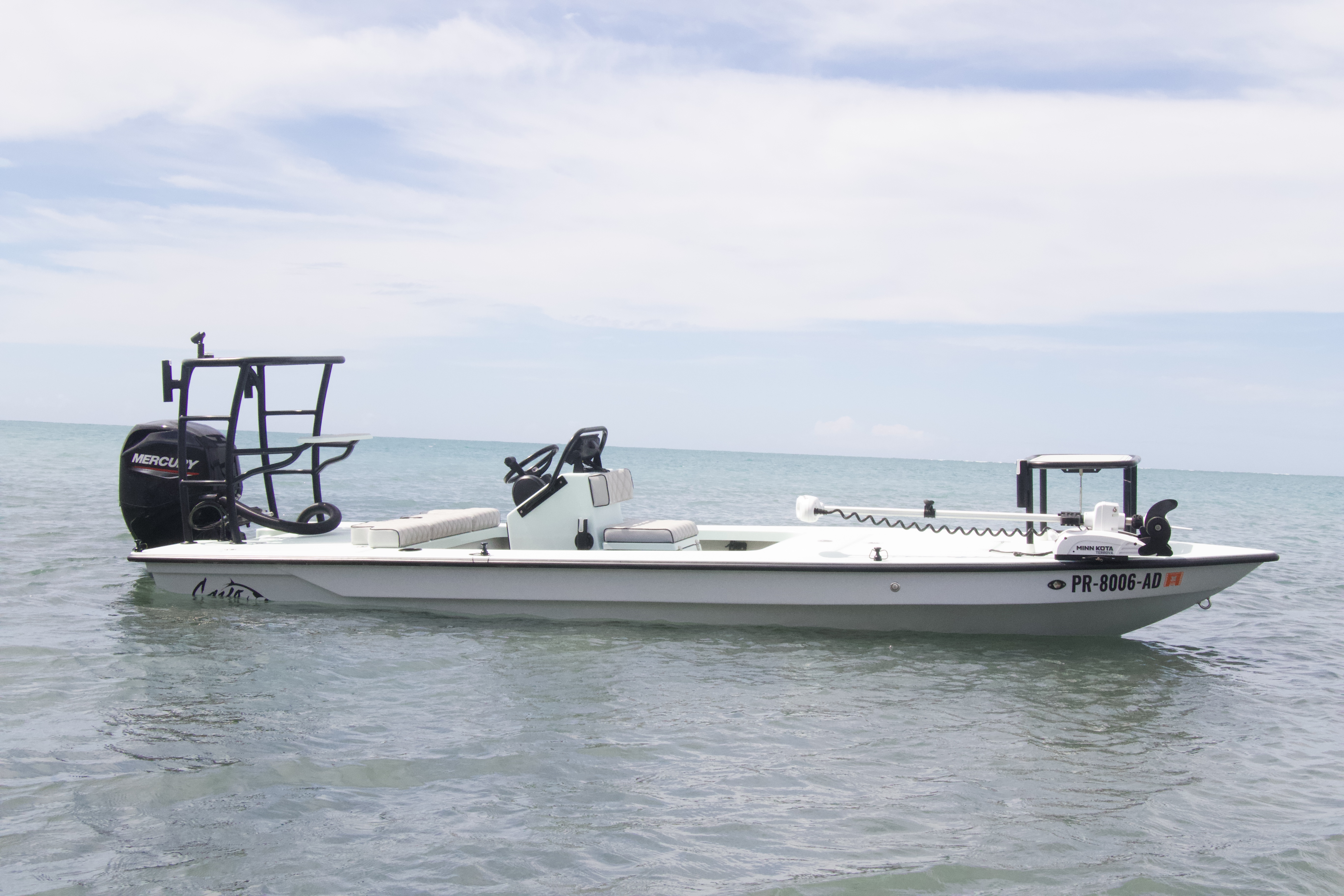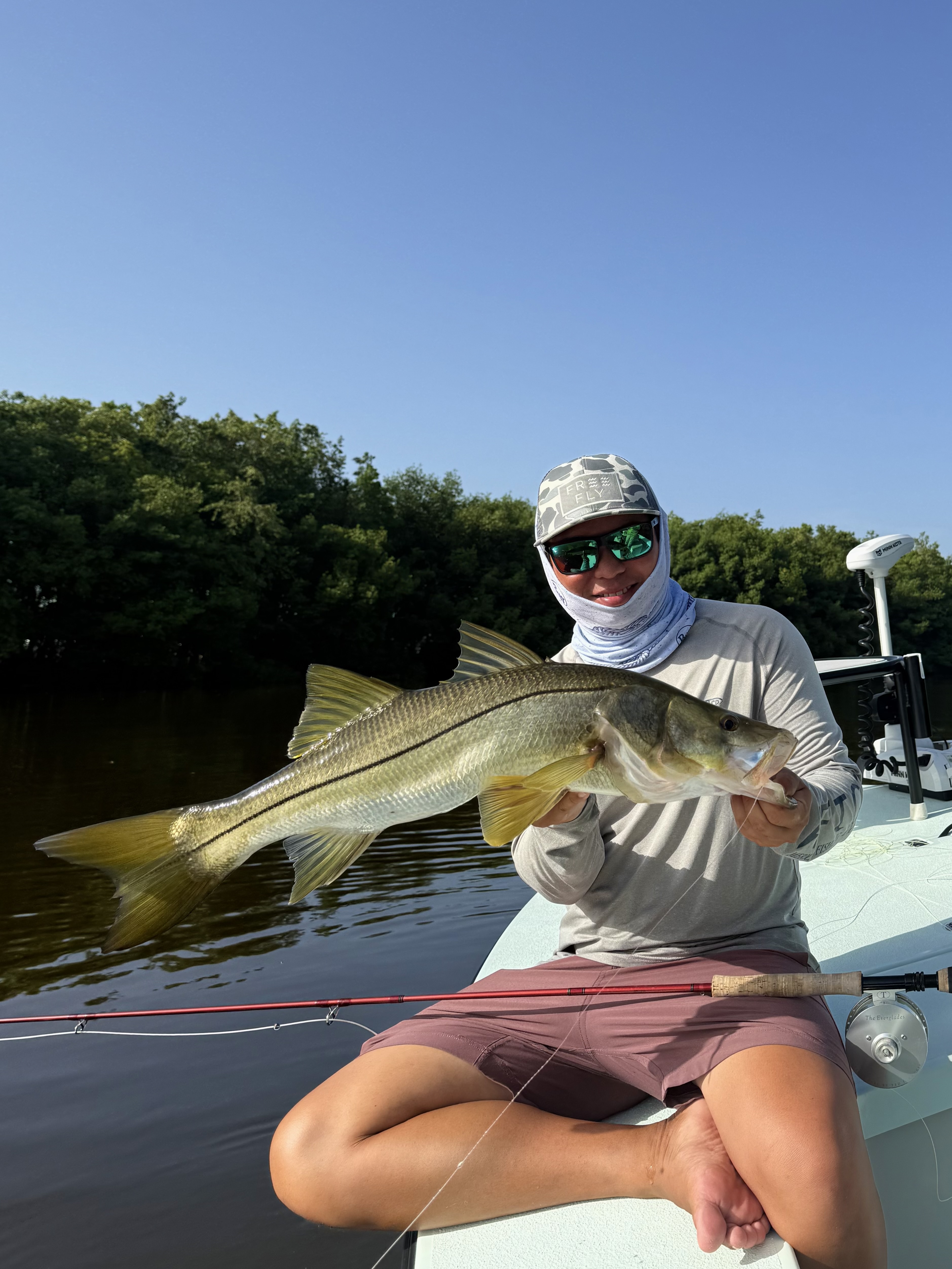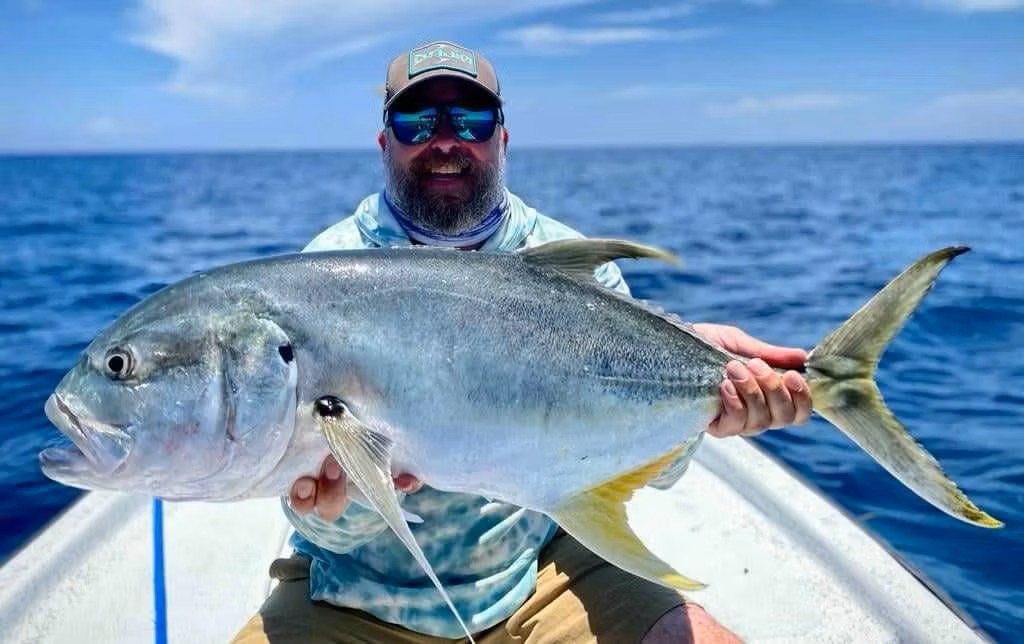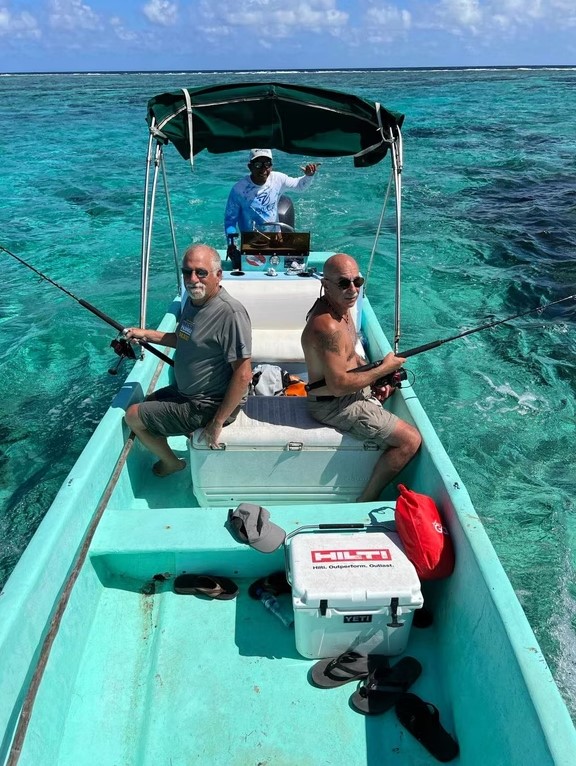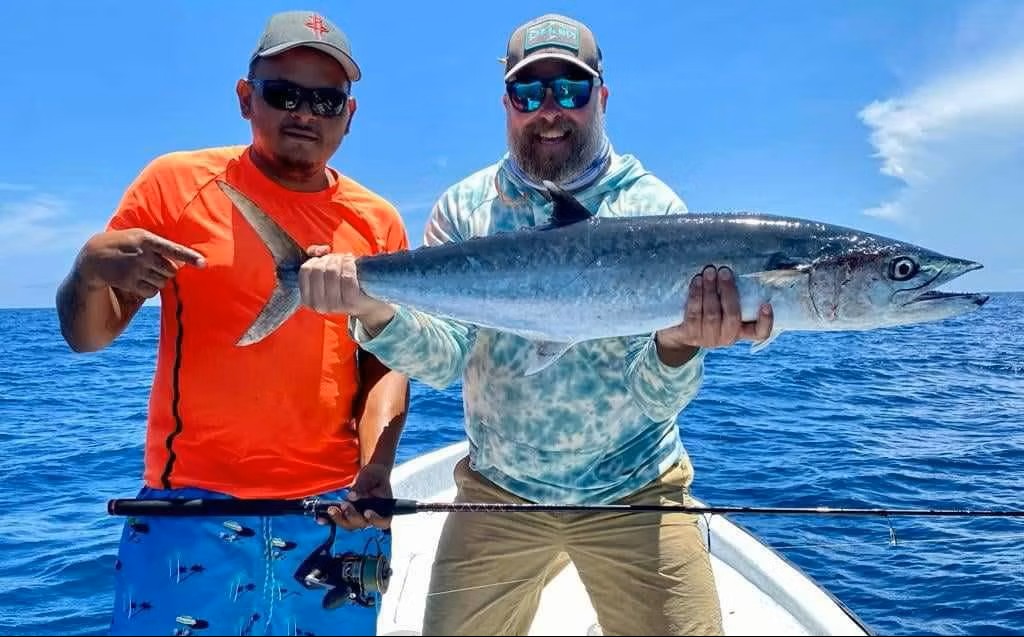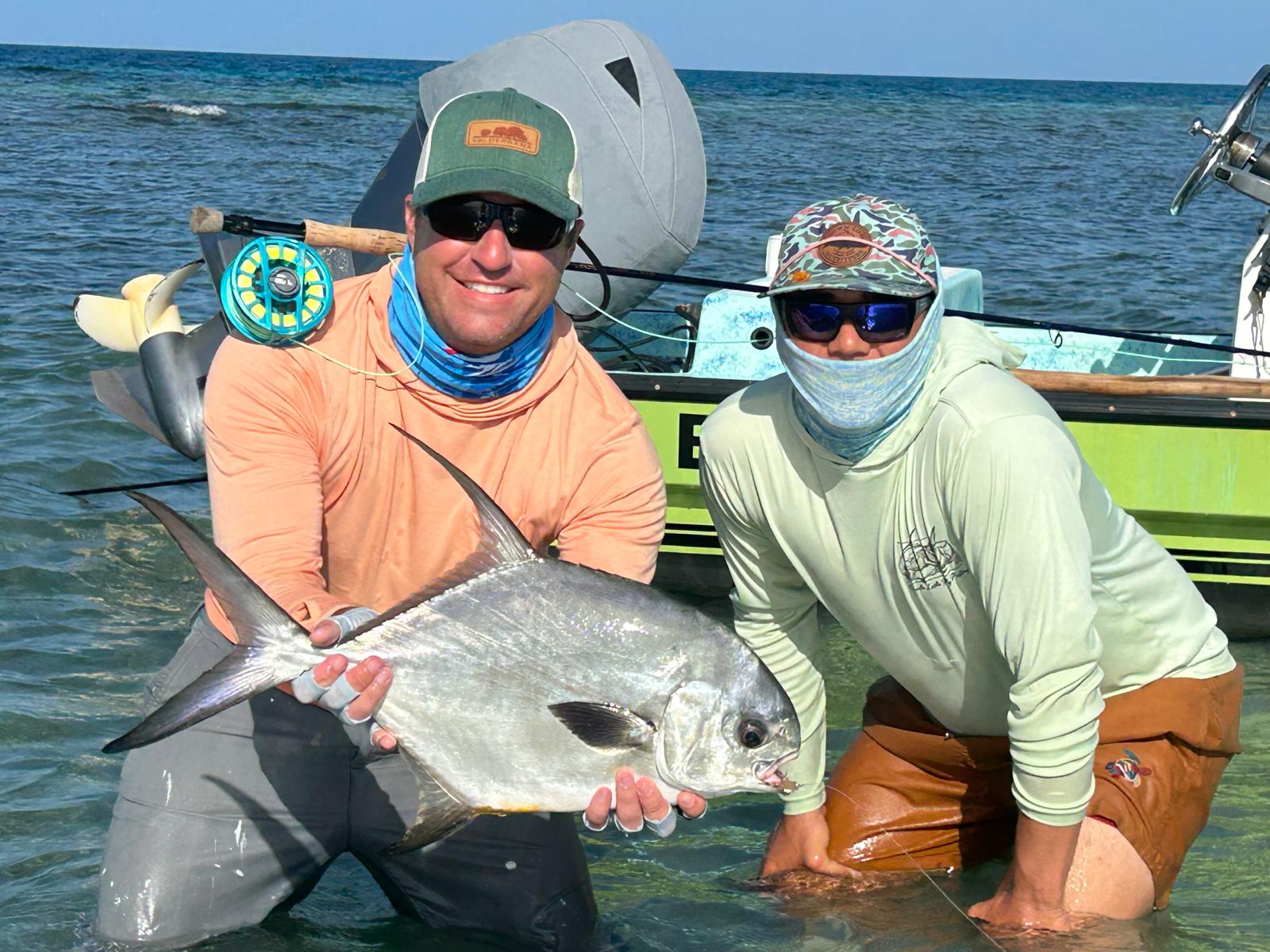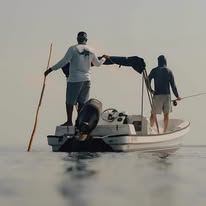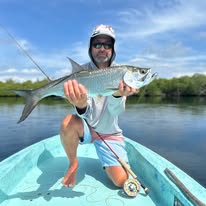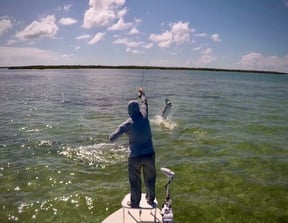Inshore Fishing in Holmes Beach
6 Hour Inshore Fishing - Anna Maria
Inshore, Deep Sea, Nearshore in Tamarindo
31-Foot Gamefish Power Run
Inshore, Deep Sea, Nearshore in Tamarindo
27’ Budget-Friendly Fishing
Key West Backcountry Fishing
Inshore-to-Offshore Adventure 35ft
Inshore, Nearshore, Flats in Tavernier
Sight Fishing Everglades Natl Park
Inshore, Jetty, River in New Smyrna Beach
Inshore, Bridge And Inlet
Sight Fish San Juan's Backwaters
Inshore, Nearshore Fishing in Placencia
Spin Fishing
Fly Fishing
We started Captain Experiences to make it easy to book fishing and hunting guides around the world. With over 2,000 Damn Good Guides, our platform makes finding and booking a trip seamless. Head here to check out our trips.
Tarpon Fishing In Florida
Tarpon can be found along the entire coast of Florida from Pensacola to Key West and up to Fernandina Beach. These fish are well known for growing into giants, being picky eaters, and incredibly acrobatic fights. The experience of catching a tarpon is exhilarating and has landed them on the bucket list of many anglers around the world. The tropical climate and warm currents that surround the Florida Coast make it an ideal place for tarpon to call home and the perfect place for anglers to chase them.
Where to Find Tarpon in Florida
Tarpon can be found feeding in shallow saltwater and brackish environments. Tarpon migrate throughout the year to find food and chase warm tropical and subtropical waters. This means tarpon are only available for part of the year when they are passing through the area. The only exception is the Keys where tarpon are around throughout the year. In Florida, some of the best spots to target tarpon are the canals, bays, and backwaters, but the flats are the ultimate place to find one.
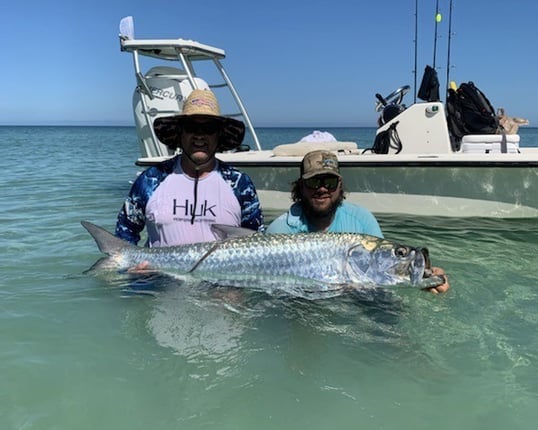
What are The Flats?
Flats are found in the vicinity of mainland or barrier island coastlines across the world. These aquatic environments are characterized by very shallow water and are highly sensitive to tides. Often during low tides, they drain entirely and be left fully exposed. Flats have low oxygen levels because the water is extremely shallow and is easily heated by the sun. This means that the organisms that live there must be able to tolerate the extreme environment. For this reason, most fish species only visit the flats to feed before retreating to deeper, more oxygen-rich, water.
From Isolated atolls in the middle of the Pacific Ocean to Key West, all the way back to the Seychelles, the intertidal flats ecosystems are some of the most beautiful and dynamic aquatic habitats on the planet. This holds especially true for the coastal seagrass flats in Florida. Aquatic plants help keep the water on the flats crystal clear while providing shelter for all kinds of marine life including snails, shrimp, crabs, and a variety of baitfish. This array of food sources attracts an abundance of predatory sportfish so It’s no surprise that locations like this are sought after by so many outdoor enthusiasts.
Tips for Tarpon Fishing on the Flats
Tarpon are big fish and prefer deeper flats that sit in three to ten feet of water. Occasionally they can be seen crossing sandy flats, but they prefer to spend their time hanging out in grassy flats or mangroves. Tarpon prefer these conditions because they can grow to over 200 pounds and require more room to swim. Also called the “Silver King,” their dorsal fin is usually a darker shade of silver that blends in well with the vegetation. Most Tarpon don’t stay in the same place too long and are constantly on the move.
When is The Best Time to Catch Tarpon?
Tarpon feed at dawn and dusk, making the best time to fish for them early in the morning and late in the afternoon. On the Gulf side of Florida, the peak tarpon bite runs from May to July, and June through August on the Atlantic Coast. While tarpon are available year-round in the Keys, the best time to catch them is April through June.
Joey Butrus
Updated on July 31, 2023

March 8, 2022
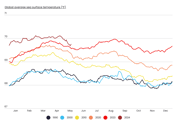
November 15, 2023
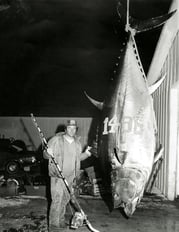
June 3, 2021
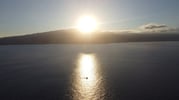
April 26, 2022

January 19, 2021
Related Articles
April 15, 2022
January 27, 2021
June 13, 2022
Featured Locations
- Fishing Charters Near Me
- Austin Fishing Guides
- Biloxi Fishing Charters
- Bradenton Fishing Charters
- Cabo San Lucas Fishing Charters
- Cancun Fishing Charters
- Cape Coral Fishing Charters
- Charleston Fishing Charters
- Clearwater Fishing Charters
- Corpus Christi Fishing Charters
- Crystal River Fishing Charters
- Dauphin Island Fishing Charters
- Daytona Beach Fishing Charters
- Destin Fishing Charters
- Fort Lauderdale Fishing Charters
- Fort Myers Fishing Charters
- Fort Walton Beach Fishing Charters
- Galveston Fishing Charters
- Gulf Shores Fishing Charters
- Hatteras Fishing Charters
- Hilton Head Fishing Charters
- Islamorada Fishing Charters
- Jacksonville Fishing Charters
- Jupiter Fishing Charters
- Key Largo Fishing Charters
- Key West Fishing Charters
- Kona Fishing Charters
- Lakeside Marblehead Fishing Charters
- Marathon Fishing Charters
- Marco Island Fishing Charters
- Miami Fishing Charters
- Montauk Fishing Charters
- Morehead City Fishing Charters
- Naples Fishing Charters
- New Orleans Fishing Charters
- New Smyrna Beach Fishing Charters
- Ocean City Fishing Charters
- Orange Beach Fishing Charters
- Panama City Beach Fishing Charters
- Pensacola Fishing Charters
- Pompano Beach Fishing Charters
- Port Aransas Fishing Charters
- Port Orange Fishing Charters
- Rockport Fishing Charters
- San Diego Fishing Charters
- San Juan Fishing Charters
- Sarasota Fishing Charters
- South Padre Island Fishing Charters
- St. Augustine Fishing Charters
- St. Petersburg Fishing Charters
- Tampa Fishing Charters
- Tarpon Springs Fishing Charters
- Venice Fishing Charters
- Virginia Beach Fishing Charters
- West Palm Beach Fishing Charters
- Wilmington Fishing Charters
- Wrightsville Beach Fishing Charters
